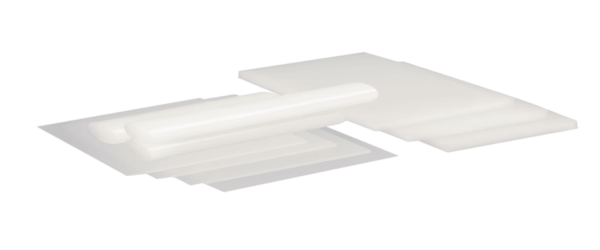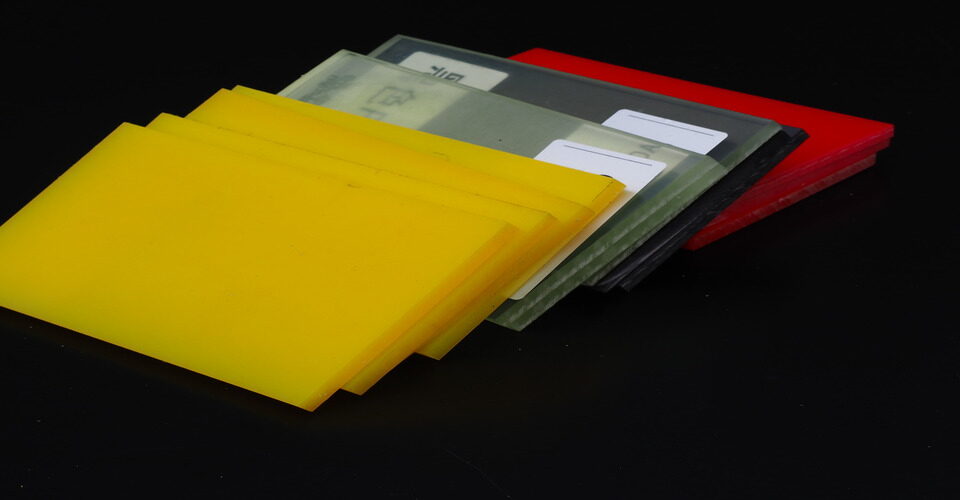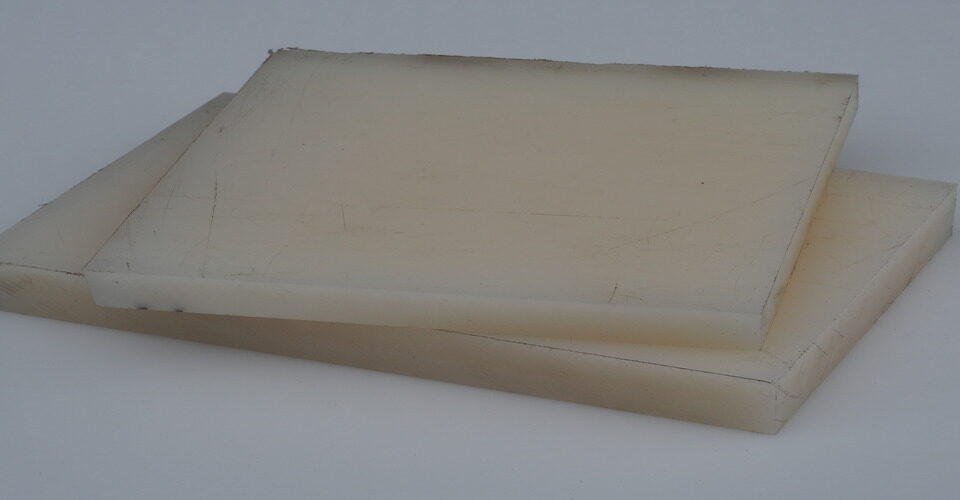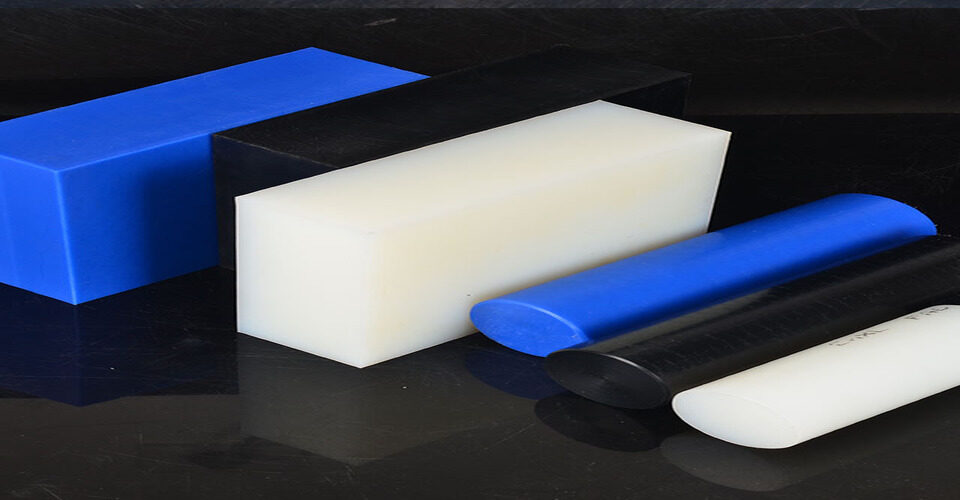
PCTFE vs PTFE
October 17, 2024
HDPE Plastic Sheets
October 17, 2024Introduction
Polychlorotrifluoroethylene (PCTFE) is a high-performance polymer known for its exceptional chemical resistance and durability. Understanding its compatibility with various chemicals is essential for ensuring optimal performance in industrial applications.
General Chemical Resistance
PCTFE exhibits remarkable resistance to many solvents, acids, and bases. This property makes it a suitable choice for applications involving harsh chemical environments. However, not all chemicals are compatible, so it’s vital to evaluate specific interactions.

Compatible Chemicals
Acids
PCTFE is generally resistant to most acids, including hydrochloric acid and sulfuric acid. Its stability in acidic environments allows for its use in chemical processing and storage.
Bases
PCTFE shows good resistance to bases, including sodium hydroxide and potassium hydroxide. This characteristic is crucial in applications involving alkaline substances.
Solvents
PCTFE is compatible with many organic solvents, such as toluene and acetone, but should be evaluated on a case-by-case basis, as some solvents may affect its integrity.
Incompatible Chemicals
Strong Oxidizers
PCTFE is not compatible with strong oxidizing agents like concentrated nitric acid or chlorine trifluoride. These chemicals can degrade PCTFE, leading to failure in applications.
Aromatic Hydrocarbons
Certain aromatic hydrocarbons, like benzene, can adversely affect PCTFE’s structure, making them unsuitable for prolonged exposure.
Conclusion
In summary, PCTFE offers excellent chemical compatibility with a wide range of substances, making it a valuable material in many applications. However, careful consideration is necessary when using it with strong oxidizers and certain solvents to ensure long-term performance.






